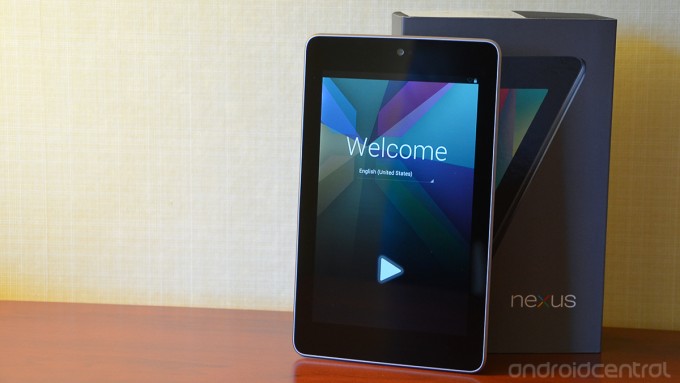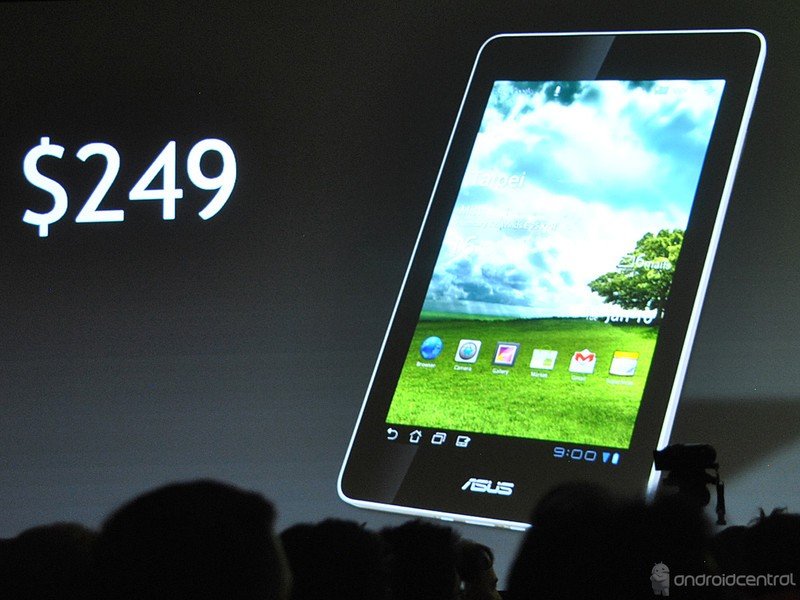ASUS reveals Nexus 7 conceived at CES, ready four months later

When the ASUS MeMo 370T appeared, and then swiftly disappeared at CES, rumors suggested that the $250 7-incher had been poached by Google as the basis for its Nexus tablet. Fast forward six months, and we got confirmation at the Google I/O developer conference, with the introduction of the Nexus 7 and its official model number, ME370T. However, its journey from budget ASUS tablet to Google flagship has remained a mystery, until now.

Forbes recently sat down with ASUS' execs, where they were given a more thorough breakdown of how the Jelly Bean tablet came to life. Specifically, ASUS UK and Nordic head, Benjamin Yeh, said that the idea of the Nexus 7 was first conceived after a meeting of ASUS and Google bosses at CES in January --
"Our top executives met Google’s top executives at CES to talk about opportunities and how they saw the future market. That’s when we came up with the idea of the Google Nexus 7 by Asus. That was in January, and mass production started in May."
Yeh notes that the average timeframe for bringing this kind of product to market is 6-12 months, making the Nexus 7 a remarkably quick turnaround. However, we should note that ASUS and Google didn't have to go completely back to the drawing board in January -- they already had the MeMo 370T as a template.
Elsewhere in the feature, ASUS UK marketing manager John Swatton goes into further detail about the display technologies and battery efficiency of the Nexus 7. ASUS reduced the tablet's weight and thickness, and improved screen quality by incorporating the touch sensor and protective top layer in to the same pane of glass, and also introduced a "full lamination" or "zero-air-gap" method for bonding the LCD to that glass. Sony has employed this method before in phones like the Xperia Arc, and Apple is rumored to be using something similar in the iPhone 5.
On battery efficiency, Swatton says ASUS spent a month testing each point on the PCB to check for heat generation, a telltale sign of battery-draining electrical leakage. And on a similar note, NVIDIA's Tegra 3, with its low-powered "ninja core" for background tasks, also helped out here.
It's always fascinating to get this kind of insight into the creation of a major product like the Nexus 7, and all the minute details that must be considered along the way. Judging by our own review, as well as initial sales of the tablet, it looks like ASUS and Google's hard work has paid dividends.
More: Forbes
Get the latest news from Android Central, your trusted companion in the world of Android

Alex was with Android Central for over a decade, producing written and video content for the site, and served as global Executive Editor from 2016 to 2022.
